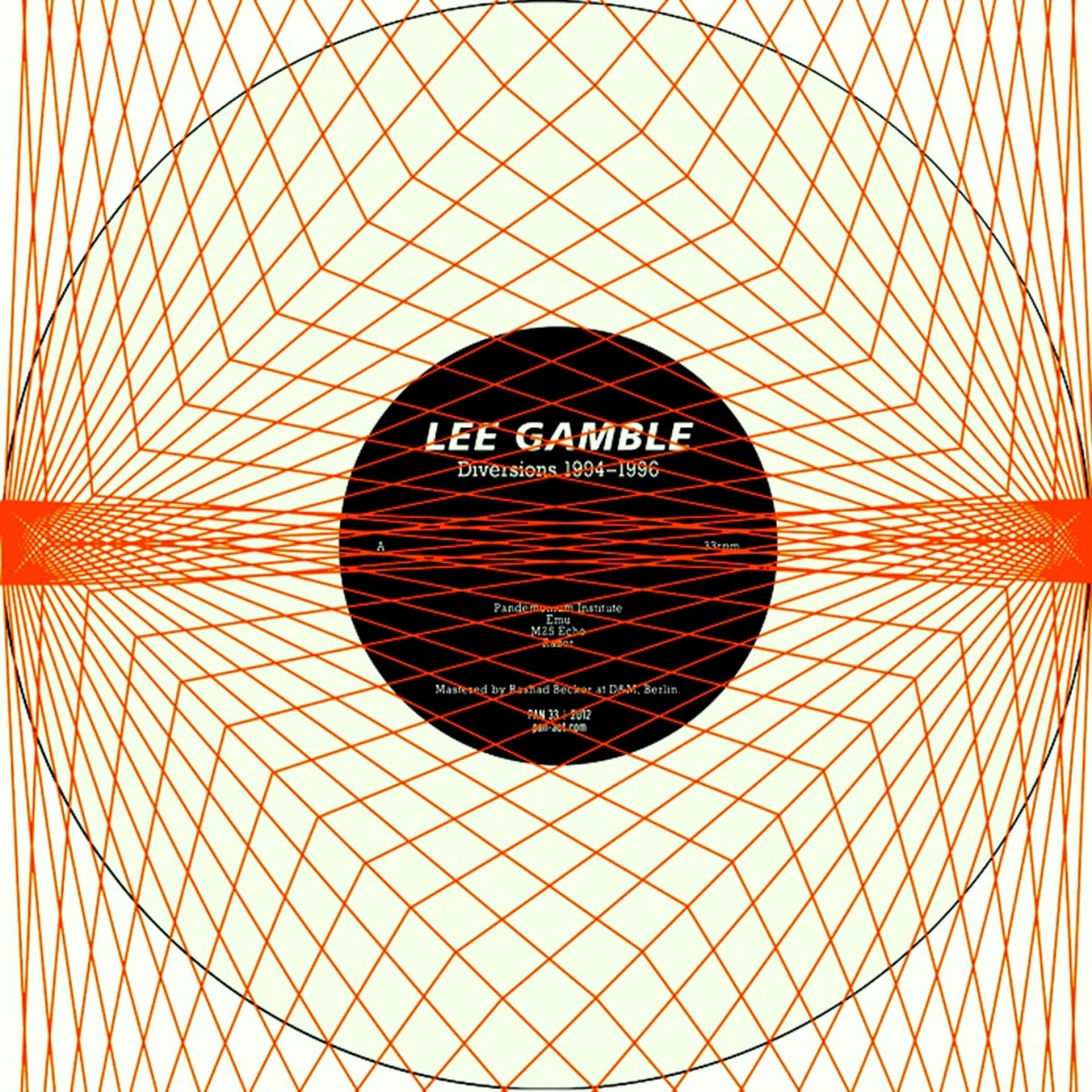
The Morphosis of Bass: Heatsick recommends Lee Gamble’s Diversions 1994-1996
Steven Warwick, aka Heatsick, is a British musician and visual artist based in Berlin. His work encompasses technology, hybridization, performance, sculpture and film. His most recent EP, Convergence, was released this past September on renowned Dutch imprint Rush Hour.
I first met Lee through a mutual friend and also from sharing a bill at the now defunct Electronic Church on Prenzlauer Allee. It was 2008 and Lee was still very much still into his rule restriction computer music pieces, which are well documented via the London musique concrète label Entr’acte. We went for dinner before the set and discussed our shared enthusiasm for Xenakis light shows, rave strobes and dance music. It was refreshing and reaffirming to meet someone with one foot simultaneously in the experimental music scene and the other in the electronic dance world. Over time I would see him sharing a bill in London with Roska, dancing at a Hyperdub night at Berghain, and hear him recall DJing at drum and bass nights at West Indian clubs in Birmingham. Indeed, these are the interests and experiences that inform his latest release, Diversions 1994-1996—a reedit and morphosis of drum and bass taken from live sets and mixtapes.
However, this is not mere revisionist deconstruction. Gamble himself sees the work as dwelling within the context of the edit as opposed to commenting from the outside. Having spent his formative teenage years immersed in the drum and bass scene, he soon got to know the local DJs and would play at the parties. The pieces on the album are based solely on the anticipatory moments before a climax, and in that sense, Gamble’s approach is comparable to the extended disco edit: drawing out the ecstatic moment, smashing the spatial-temporal order, and prolonging a passage into bliss. Focusing on the build up, the music is based on longing. But instead of being retrospective, it looks forward in anticipation. It’s a pre-ecstatic exhilaration, if you will.
Gamble’s “cued recall” is a far more scientific approach than any spiritualist claim on nostalgia per se. Any notion of hauntology or occult spectralism is eschewed by his interest in the scientific response to drum and bass signifiers. Like 60’s composer Maryanne Amacher who worked in the field of psychoacoustics, Gamble is concerned with the body’s response of processing a sound, and specifically with how the brain produces “release hallucinations” in order to process and recreate a source of stimulation that it has become accustomed to. For example, the pulsing bass bins heard on a sample from the penultimate track “Dollis Hill” explore how we process language, only the language is made up of edits of jungle cassettes. The effect is mesmerizing and comparable to William Bennett’s neuro-linguistic programming on the later Whitehouse records, or the recent Chimerazation LPs by Florian Hecker, or even the after-hours feel of Rhythm & Sound. An inevitable comparison is of course the video work Fiorucci Made Me Hardcore by the British artist Mark Leckey, with its slowed down frames of a Northern Soul dance hall in full swing. It’s a form of hypnosis by using sonic memory.
Having recently seen Gamble’s pieces performed live at this year’s Unsound Festival in a club atmosphere, I realized how they function just as well in a late night dance setting as they do at home upon afternoon consideration. The extended looping of floating synths evoke images of oxygen tanks refilling a comatose body; or the airbag cushioning in a Ballardian car crash. The disembodied bleeps prefigure a smashed narrative like that of the cut-up motions of filmmaker Nicholas Roeg. Gamble is re-animating in the sense of animism, instilling sounds with a cinematic consciousness and spirituality. It’s as if he’s cast a net on locked emotions and yanked them back from rarefication, only to further catapult them into inertia, as heard on “M25 Echo”—a twenty-first century update on the PiL classic “Careering”.
Residing in a liminal zone between a social and an altered state, the samples on Diversions are as warped as the drugs used to open the nervous system. It reminds me of when I woke up one night as a teenager with the radio on to hear a broadcast on the BBC I ambient comedy show Blue Jam by British artist/prankster Chris Morris. The slow, warped dialogue left me wondering what was being said and what I was imagining. In a similar vein, Gamble reconfigures essential elements of bass culture, which he was involved with first- hand. By smashing them apart, he’s created a far more relevant sound sculpture than most so-called “bass music” around today. Diversions is a conceptual exercise in both rewiring drum and bass and, as a result, questioning how we remember or receive it sensually. ~
This piece appears in the latest issue of Electronic Beats Magazine.
Published January 18, 2013. Words by heatsick.
